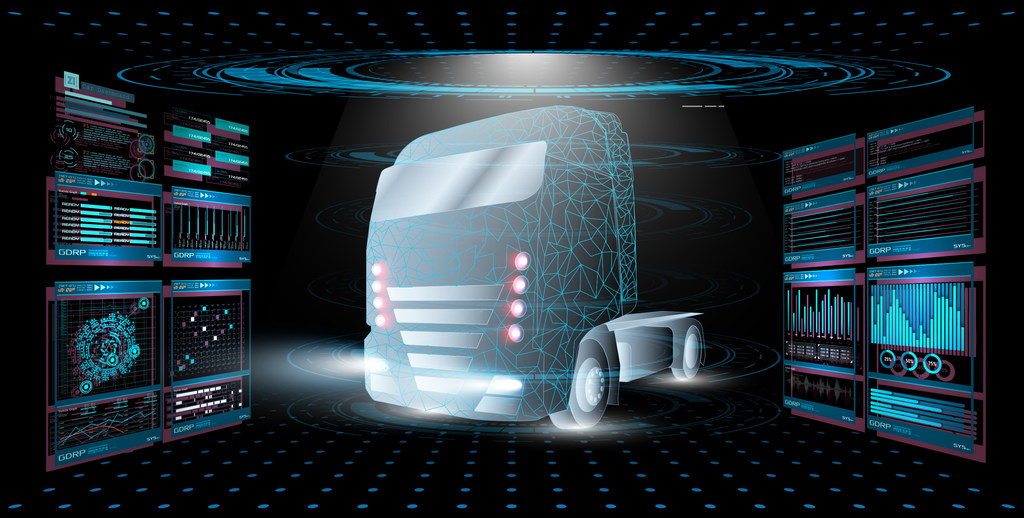 Telematics delivers fast, accurate diagnostic data that can lead to better planning and decision-making for fleet managers. (Photo: Shutterstock)
Telematics delivers fast, accurate diagnostic data that can lead to better planning and decision-making for fleet managers. (Photo: Shutterstock)
Every vehicle fleet operator wants to increase safety and decrease costs, but these can sometimes seem like competing priorities. Thanks to a mix of modern technology and smart strategy, they can do both— generating immediate gains as well a continuous stream of longer-term results not only for fleets but also for the insurers that protect them.
Recommended For You
Want to continue reading?
Become a Free PropertyCasualty360 Digital Reader
Your access to unlimited PropertyCasualty360 content isn’t changing.
Once you are an ALM digital member, you’ll receive:
- Breaking insurance news and analysis, on-site and via our newsletters and custom alerts
- Weekly Insurance Speak podcast featuring exclusive interviews with industry leaders
- Educational webcasts, white papers, and ebooks from industry thought leaders
- Critical converage of the employee benefits and financial advisory markets on our other ALM sites, BenefitsPRO and ThinkAdvisor
Already have an account? Sign In Now
© 2025 ALM Global, LLC, All Rights Reserved. Request academic re-use from www.copyright.com. All other uses, submit a request to [email protected]. For more information visit Asset & Logo Licensing.








